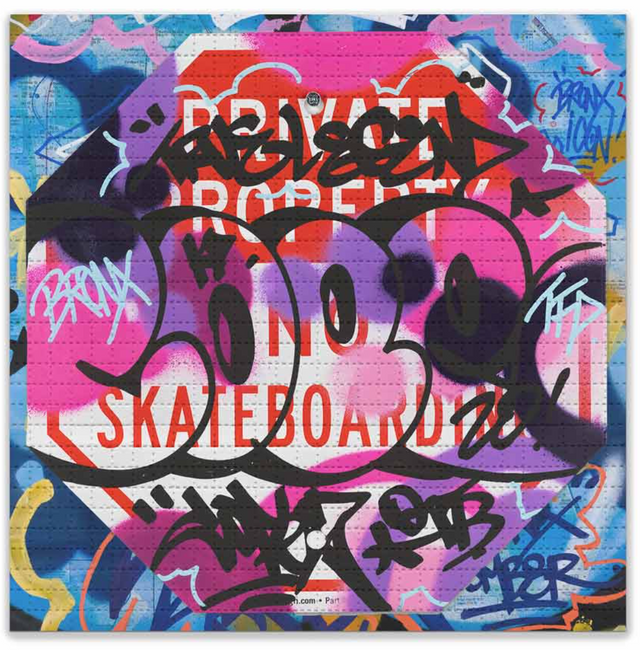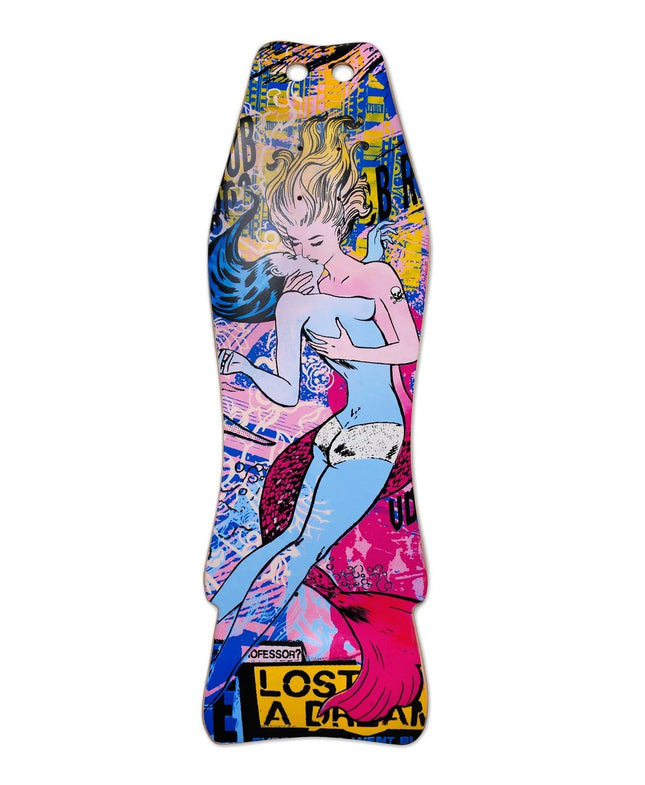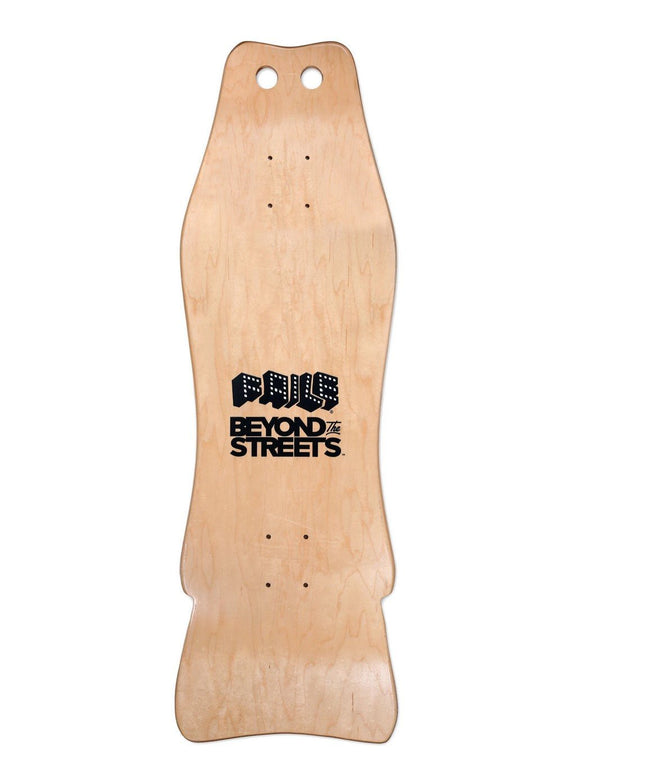
Skateboarding has been a popular topic in various forms of art, including pop art, street art, and graffiti art. This sport, which began in the 1950s as an offshoot of surfing, has gained immense popularity over the years, and its representation in different art forms is a testament to its cultural significance. Pop art, which emerged in the mid-1950s in Britain and the United States, celebrated popular culture and everyday objects, and skateboarding is no exception. Artists such as Andy Warhol and Roy Lichtenstein, known for their bold use of color and images of popular culture, have depicted skateboards and skateboarders in their works. For example, Warhol's "Skateboarder" (1983) portrays a skater in motion with bright, vibrant colors, while Lichtenstein's "Bratatat!" (1963) features a comic book-style image of a skater in mid-air. Street art, which began as a form of graffiti and has since evolved into a diverse range of styles, has also embraced skateboarding as a subject matter. Street artists often use skateboarding as a symbol of youth culture and rebellion. For instance, the renowned street artist Banksy has created several pieces featuring skateboarders, including "Kissing Coppers" (2004), which depicts two police officers in a passionate embrace on a skateboard. Graffiti art, another form of street art, has also incorporated skateboarding into its style. In the 1970s, graffiti artists in New York City began using skateboards as a canvas for their art. These "deck art" designs often featured bright colors, bold graphics, and graffiti-style lettering. Some of these designs have become iconic in the skateboarding world, such as Jim Phillips' "Screaming Hand" design for Santa Cruz Skateboards. Skateboarding's influence on art is not limited to visual art forms. Music, fashion, and film have also been impacted by the sport. In the 1980s, skateboarding culture played a significant role in the rise of punk rock and the creation of skate punk music. Skateboarding fashion, characterized by baggy clothing, Vans sneakers, and graphic t-shirts, has also become an iconic style. Skateboarding films, such as the 2001 documentary "Dogtown and Z-Boys," have documented the sport's history and its impact on youth culture. In recent years, there has been a resurgence of interest in skateboarding as an art form, thanks in part to the popularity of street art and the growth of skateboarding culture. Skateboard art shows, such as the "All Decked Out" exhibit at the Laguna Art Museum in California, have showcased the artistic potential of skateboard decks. These shows feature designs from renowned artists, including Shepard Fairey and Mark Gonzales. In conclusion, skateboarding has become an important cultural phenomenon, and its representation in various forms of art is a testament to its impact. Pop art, street art, and graffiti art have all embraced skateboarding as a subject matter, with artists using the sport to comment on youth culture, rebellion, and popular culture. Skateboarding's influence on music, fashion, and film has also been significant, further cementing its status as a cultural force. As skateboarding continues to evolve and gain popularity, it is likely that it will continue to inspire artists and shape popular culture for years to come.


